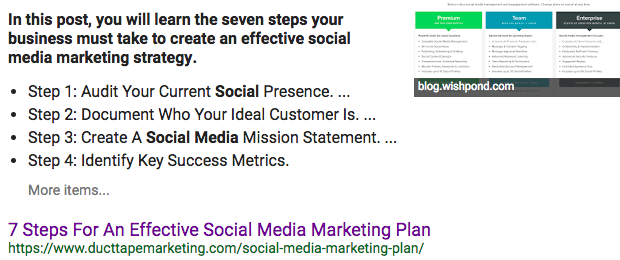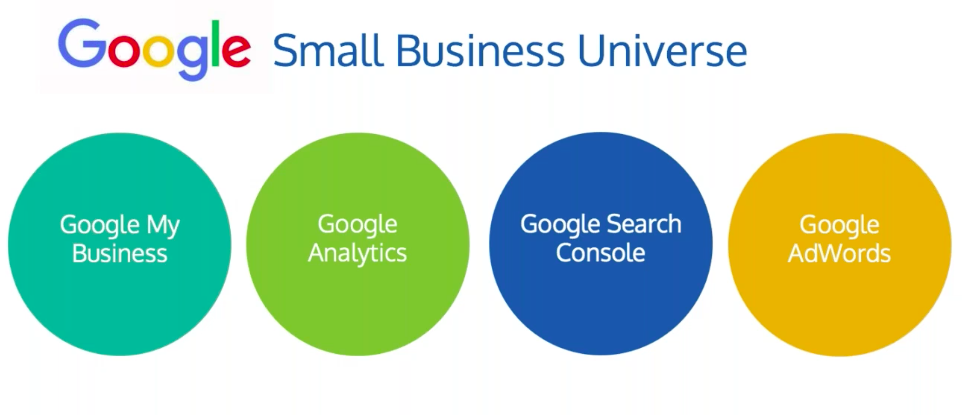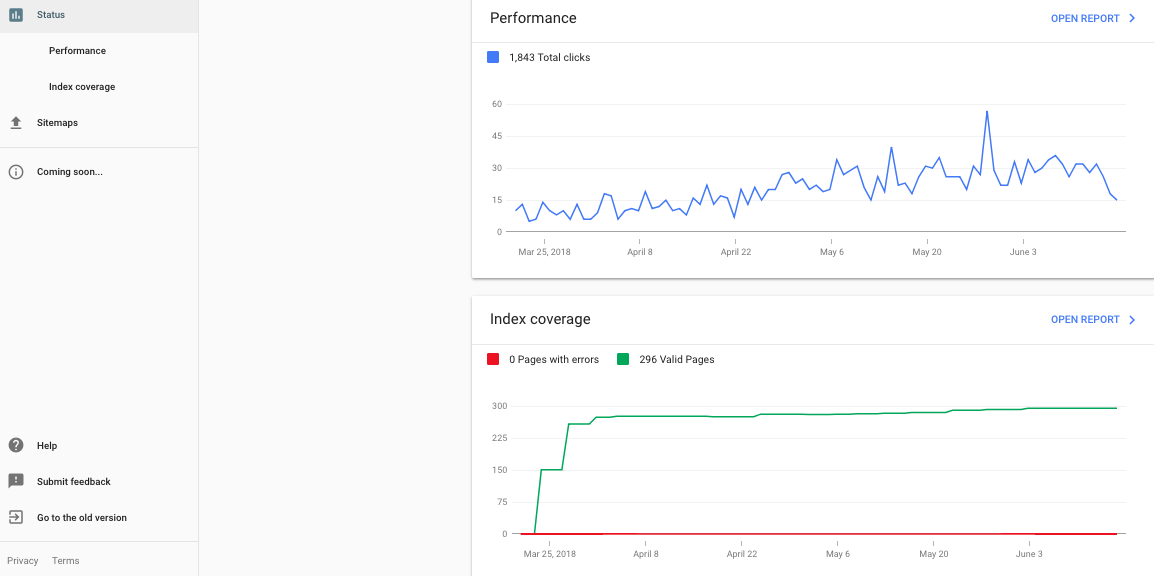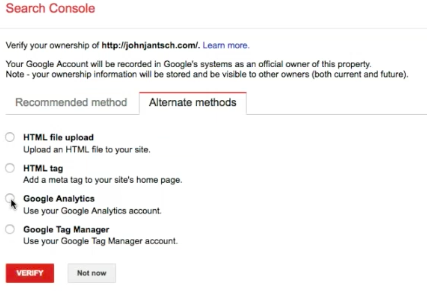Transcript of A Guide to Content Strategy and Brand Storytelling written by John Jantsch read more at Duct Tape Marketing
Back to Podcast
Transcript
John Jantsch: Hello and welcome to another episode of the Duct Tape Marketing podcast. This is John Jansen. My guest today is Kyle Gray. He is the founder of The Story Engine. That’s thestoryengine.co. He’s also the author of the book by the same name, The Story Engine, an entrepreneur’s guide to content strategy and brand story telling without spending all day writing and it just came out in audio book. And so, Kyle, thanks for joining us.
Kyle Gray: Thank you so much for having me, John. I’m really excited to be here.
John Jantsch: So, we have been, I have been personally at least and I know other marketers have been talking about story as a way to connect. I will tell you a little anecdote. I remember telling business owners that 20 years ago and having them kind of bristle at that idea. Nobody wants to hear my story. They just want to know what our product does and it’s funny how it’s kind of become a central part of marketing today, hasn’t it?
Kyle Gray: Definitely. Yeah, if you were 20 years ago. I still think it’s as essential as it’s always been. It’s nothing new. It’s the most ancient form of communication. It’s how we are wired to understand the world around us, how we relate to other people and how we build trust really, so yeah. Some people might have said you were ahead of your time, but I think that this is the most ancient and practical of tool sets for anyone. Whether you’re growing a business or whether you’re just trying to relate to anybody you’re working with, friends, and family.
John Jantsch: Yeah and it’s funny though because I think there definitely were people that were doing it and they were doing it well, but it was still sort of seen as a fringe thing. Business was business and especially if you were trying to bring in a personal story and in fact, you and I were talking kind of off the air before we got started. Not only have you been doing this and teaching people this, but you’ve really found it as a way to express your personal story. Do you want to share that?
Kyle Gray: Absolutely, so one of the things I want to say right out the bat and maybe to a point of what you were saying is I think a lot of people have this impression of story telling as kind of this “woo woo” kind of thing and don’t see it as a practical or powerful tool and it’s really just the opposite. What I love about story telling is it’s the fastest way, if done well, to really create a connection with your audience, to create a human connection. There’s a big shortage out there of trust and of respect out there. Everybody can claim to be whatever they want online and through your story and being able to create something through who you are, why you’re doing it, and how you do it differently than anyone else can be one of the best ways to really connect with people who are ready to buy your product and need your help. And so, I’ll explain how I came across this myself.
It wasn’t just a couple years back where I discovered I had an auto immune disease called Hashimoto’s and for me, that’s a thyroid disease and what that meant is I would be fatigued a lot during the day. I would find myself in these kind of like negative mental loops over and over again and no matter how many Tony Robin’s books I read, I couldn’t get out of these negative mind states and also, I love being outdoors. I’m a big rock climber. I love to ski. I love to hike in the mountains and a couple years back, I couldn’t hike more than a quarter mile without serious knee pain just taking me down and this wasn’t quite the basic just getting older kind of stuff. And so, I started doing a lot of research on how to figure this out for myself and meanwhile, I was trying to do my best work I could.
I was working for a start up called WP Curve, helping them grow to about seven figures in annual recurring revenue through content marketing, through telling their story and just creating useful, helpful content on their website, which was their main and pretty much only engine for growth, but I was still kind of in a dark part of my own story trying to figure out all this health and I was reading all the books. What is this disease? How do people feel when they have it? How do you manage it? What do you do? And I was starting to study a lot and also, working on building out my skills for my business.
Until a twist of fate actually found me at a lunch table across the person and she introduced herself, “Hey, my name is Dr. Grace. I overcome auto immune diseases through the gut.” And when she said this, my eyes widened and like parts of my story telling and copyrighting and marketing brain all of a sudden were starting to connect with all these things with health and I was like, “Oh, really? So your patients must feel like this, experience that. They feel like they have this problem, but it’s really that.” And then, her eyes started getting as wide as mine. She’s like, “You need to come work for me. We need to work together.” And so, we worked out a deal where I would do copyrighting and help her share her story online and sell more of her products to reach more of her patients in exchange for her walking me through this Hashimoto’s protocol.
And so, within a few months, I had never felt better. I had never felt stronger in my life. She worked a lot with probiotics and nutritional health, as well as to kind of restore my health via my gut and a lot of these kind of negative mindset things. The stress I would feel when I woke up in the morning, which for a long time, I was telling myself a story of like, “Oh well, you’re just not a very good entrepreneur. You’re not going to make it.” That’s why I thought I was stressed in the morning, but it turns out that my biology wasn’t quite right. And so, once I figured that out, I could change my own story and see the world a little bit differently. And so, she gave me that power to really change my life and also, through that process and through having and struggling with this sickness for a long time.
I immediately understood her value and so, I still work with different start ups and entrepreneurs and high end coaches, but I find that I make the best impact around health and wellness coaches and doctors who are working a little bit outside of kind of the normal fields of medicine. And so, that’s kind of how I discovered my own unique value through my own journey and through that I came up with just a process that I think makes marketing really scalable, really powerful, and really simple for everyone.
John Jantsch: Yeah, so that story and imagine the health and wellness practitioner or coach. Obviously that story is not only a key part about who you are, but it also helps, I believe at least, it helps illustrate the value that you would bring to them. And so, that kind of shows you the power of what was a personal struggle for you, but then turned into really a value driver for them.
Kyle Gray: Exactly right and so, what that really means is it combined a couple of different elements that your audience, your listeners can use, so there’s three different elements that happened within that story that we can break down. One is I communicated that I was ordinary. I was somebody that like many people, I had a problem and I was suffering from it. I didn’t know what to do, but it also communicated that you’re extraordinary, that you’re different, that you are an authority for a reason and not only am I a marketer, but I’ve gone down this journey of health and I know that their specific value very precisely because I’ve experienced it. So I can tell their story better than the average Joe funnel builder out there and then, it showed my reason why because I have suffered from this.
I have seen this and I’ve had a couple of friends who have suffered from similar issues, where I’m seeing a lot of health problems crop up these days that aren’t necessarily very obvious and straight forward, but it’s a bunch of disparate problems and I really care about solving these things because I think I’ve seen the pain and distraction and value that it can reduce from my own life personally and I want to help other people get these solutions faster and easier because I’ve seen what it’s like when you don’t know where to go next and you’re just stuck being frustrated, trying to look through blog post after blog post. A lot of which are misleading or just heightened marketing trying to prey on desperate people who want to fix themselves.
John Jantsch: So one of the things that I think people struggle with a little bit is that in some ways that’s your core story in a big sense, but a lot of business owners. Maybe they have that core story of why they do what they do, but they need what I would call the little stories too that sort of help connect and make points and simplify things and build trust, so how do you go about kind of combining those two things? Because not everybody has personal tragedy or some big aha moment that becomes their story, so how do you develop a story that is going to serve your why as you said, but then realize that there’s power in stories on helping people understand your products and services as well?
Kyle Gray: Absolutely and you don’t need to have a story of personal tragedy. It can be a story that’s as simple as hanging out with your father when you were a kid and maybe a funny thing happened. That can be equally, as powerful if they’re applied in the right way. And so, what you really want to understand when figuring out your story is actually you’ve got to think about your audience first. You’ve got to imagine them as the hero in the story because even if you’re telling your own story, your listeners are going to experience it through your shoes, so you want to guide them down a path that is the path that they need to hear to solve their problem. So a lot of people when doing kind of audience research, customer research, they’re going to come up with like core demographic things like they live in San Diego, California. They make $80,000 a year. They have one kid and two dogs and they read these magazines, which are great. That all makes sense and that’s all very necessary, but most of us just feel like, “Okay. Good. We’ve got our demographics down.”
And stop there, but what a lot of people miss is where are they in the buyers journey or what mindset are they in. For example, if we call it back to my own journey, there was a time where I didn’t know anything about my health. And so, I was like, “I’m fine. I’m good. I can eat whatever food I want. I can do whatever I need because I’m okay.” But really, I was suffering, but I didn’t realize it. So is your audience in that state or are they in the state where a few years later where I was like, “I’ve tried everything. I’ve sunk thousands and thousands of dollars into different people and I feel like I’ve gotten ripped off every time. How can I trust one more person?”
Which is a very different level of knowledge, which I need to hear a very different message than to the person who maybe I am right now. Where I say, “Okay. Well, I’m well sophisticated and educated in this kind of stuff and I know what I’m looking for and I know the language. And so, I can shop a little bit better.” So you need to understand where your audience is at each of those points and create messages and stories that will specifically relate to those. And so, I’m a big fan. I’ve developed an infographic on my site that I call The Crossroads Method, which actually takes the buyers journey and aligns it with the hero’s journey. Kind of a classic story telling framework, so it takes every little section of the hero’s journey and then, aligns it with a key question that your buyer is asking and needs to be answered. That’s something that can help you come up with those little micro stories to string together and always have just the right story for every kind of mindset or state of being that your audience or potential customers are in.
John Jantsch: So I know you mentioned infographic and I see more and more great examples of people using visual story telling or at least visual branding around stories. How important do you think that aspect is when it comes to trying to make a point?
Kyle Gray: I think it’s crucial. A lot of what I’ve done, I’ve been a writer for a long time, but a lot of the content on my site, I’ve always striven to have. I just have a laptop, but I have a rule when we’re publishing where I want to be scrolling and I never want to see just text in the column. I always want to see visual support because it just helps you process things so much faster. I know it’s a cliché, but a picture really is worth a thousand words if you position it right. It can add subtle emotions.
They can usually explain a concept a lot better and they just break up, whether you’re using a lot of text or whether you’re on social media or whether you’re using video, I just think visual content can help drive your point home a lot faster and it can drive it home on a different level, then just written content. It processes differently and activates more areas of the brain. And so, I think visual content, whether you’re a writer, whether you’re a podcaster, and especially I mean, obviously if you’re doing video, you need to incorporate good visuals to tell your story.
John Jantsch: Yeah and I think it’s a challenge because a lot of times people will listen to something like this or they’ll read an article and everybody is saying, “Oh, no. Visual, visual. Everybody just scans. Nobody reads.” And I think you can get caught in the trap of believing that, but I think that you also need to appreciate that a lot of what people scan is because they won’t give you the time until they trust you or they don’t think, “Oh, this is going to be valuable for me to sit down and read these 3,000 words.”
But I think you need both because once you do build that trust, you can go so much deeper and you can put so much more emotion into a book. I mean, I love reading a great 500 page book, but I won’t commit that kind of time unless I really like the author or I really like the book and I think that that’s true about a lot of the writing that we do on the web today. I think a lot of people underestimate that people will still read, if you give them a reason to trust you and give them a great experience when they do read.
Kyle Gray: Absolutely. I think that’s enough. Your visuals, like you were just saying to your point, buy the trust. Especially when you’re thinking of the featured image for your article, if you’ve written an article. That what’s going to be shared on social media and across a lot of places and it will usually be the first thing they see at the top of the page or looking through your archives, so that needs to be compelling and emotive and bring them in or capture their attention enough so that they do trust your text because yeah. Attention spans are getting shorter and shorter, but it’s also true. I think when you do have their trust, when you do have their attention and a captive audience that they will read your content and I think the trends I’m seeing for written content are actually go longer and more detailed and more powerful. That’s what Google is looking for and Google is just trying to be as human as possible. They’re just trying to give people what they really want, so whatever they’re doing, they’re just trying to create better human experiences, so that’s what people want.
John Jantsch: Well, I know in analyzing my content, which there are lots of tools to do this now, that by far and away I mean, like not even close. My most shared content is typically over 3,000 words.
Kyle Gray: Absolutely, easily. Yeah. Yeah. I think these days, your post has to be at least 2,000 words and maybe I’m just in habit from doing it for so long, but I just feel like I can’t even get out a proper thought in less than that amount. At least as far as like a good blog post of course, if we’re trying to do a sales page. It depends on the different purposes of your content. For example, if you want like a lead magnet, something that’s really short, something that you’re communicating high value. You want to give them a quick whim. I think a lead magnet is not an 80 page ebook of one hour webinar or anything like that. It’s a nice one page pdf that’s laser focused on a problem and then, again, you get them that quick whim, you build up that trust, and they’re going to be more willing to listen to your full interviews or read your full articles.
John Jantsch: So Kyle, where can people find out more about you and The Story Engine?
Kyle Gray: You can check out all of my content, what I’m up to at thestoryengine.co. We’ve got a lot of great stuff. I’ll make sure to share the link to the cross roads infographic I mentioned on this page. You can also check out my book on Amazon. It’s available in Kindle paperback and brand new on audio book and I narrate it myself, so if you enjoy my radio voice here, you’ll enjoy that there, but yeah. I’ve got lots of different articles on story telling and yeah. I’m excited to see and hear from anybody who is interested there.
John Jantsch: Yeah and of course, we’ll have the links in the show notes at Duct Tape Marketing, as well, so Kyle, thanks for joining us and hopefully we’ll see you out there on the road.
Kyle Gray: Thanks, John.




